Uncovering the secrets to optimal performance: monitoring training load
The risk of assumptions during rehabilitation!
In this report, we are looking at the case of Ezequiel, athlete in rehabilitation post surgery, and his expert Dr. Carlos Ohanian.
Athlete profile:
Competition cycle: Rehabilitation
Athlete goal: Muscle load monitoring
Movements measured: Leg extensions
Muscle group: Vastus lateralis
Sport: Soccer
Some background information…
Ezequiel has undergone a knee surgery (specifically Left Knee - Meniscal surgery) in 2019 that had a poor outcome due to the chondral injury he suffered. To ensure Ezequiel does not repeat the experience of injuring the muscles, we compared how the vastus lateralis excitation differs between the healthy and injured muscles, by looking at progressively heavier leg extension sets.
Ezequiel mentioned that performing the training set of leg extensionst that was prescribed was extremely stressful in the knee, yet Dr. Ohanian could not confirm extent of training stress.
Same muscle, different results: data behind the story
When looking at muscle intensity, the Oro Muscles system integrates not only objective data through intensity increase percentages, but also a visual meter to understand how high or low the percentage is positioned in terms of effort experienced by the athlete, and if the increase has statistical significance.
Our selected loads were tested and compared on leg extensions for both the injured leg and healthy leg. In the case of Ezequiel, we are looking at the three sets and collecting data progressively, as well as per each set.
Ezequiel begins leg extensions with a starting weight of 16 KG and progressively increases the weight each set by 10 KG. Looking at the intensity increase between the first two sets (16 KG & 25 KG), we see that the intensity of his vastus lateralist (injured leg) increased by 25%. This gives us a good indication that potential stress can occur to the muscles if weight increases.
At the same time, we are also interested in seeing how intensity gradually changes. Looking at the intensity of the next sets (25 KG & 35 KG), we see that the intensity of the vastus lateralis (injured leg) increased by 49%. Here, we have more certainty that stress will occur to the muscles by adding more weight.
Protecting injured areas through muscle data insights!
It is important to note that, in his case, the knee was the injured area, rather than the muscle. Yet, the muscle plays a crucial role in the rehabilitation process of the knee. The correct build up of the muscle (without any compensation mechanism) at the right intensity will ensure that his knee is protected and not prone to further injuries.
Load monitoring in perspective:
Monitoring intensity and work capacity in a workout are the two main factors that determine the success of your body adapting to your desired goals. These metrics are the steering factors (input) driving an athlete's progress, overtraining prevention, and training program optimization (output).
By effectively combining data coming from intensity and work capacity, we get to unlocking the load monitoring of an athlete's training. Until recently, several other measurements were attempting to collect data to reflect the output expected, out of which:
RPE (Rate of Perceived Exertion): subjective measure of how hard you feel you're working during a workout;
Heart Rate Monitoring: objective data on your exercise intensity through heart rate zones;
Tracking Workload: tracking the number of sets, reps, weight lifted, or total training time;
Tracking Rest Periods: rest periods between sets for insights into your work capacity;
Fitness Trackers and Wearable Devices: real-time data on various aspects of your workout, such as heart rate, calories burned, and workout duration;
Performance Testing: periodically assess work capacity and intensity objectively (timed runs, max rep tests, etc.)
However, these methods of load monitoring miss a critical piece of information. There are hidden insights in the muscles, the source of movement, that can further optimize data-driven decisions in coaching and rehabilitation.
Preventing injury during training in rehabilitation:
The Oro Muscles measurement was designed and built to show you exactly how intensity and work capacity fluctuate throughout a workout. Through the data we collect directly from the muscles, we are able to accurately create a visual overview that allows coaches and athletes to understand the actual load directly from the muscles , as well as highlighting levels of concern for better training decision making.
With this effort, we ensure that athletes are protected and injuries have a better chance of being prevented.
The first step to winning is setting your ambition. With the Oro Muscles wearable, we facilitate the best interaction between athlete and coach, help you understand deep muscle insights, and use this information to maximize performance, quickly, with less risks of injury.
If you have ever questioned how much weight should be lifted, which movement should be incorporated into a training plan, or if a movement is actually targeting what you intended, contact us today!
Get in touch!
Our team is here to make your journey seamless! If you have questions, you can directly get in contact:

